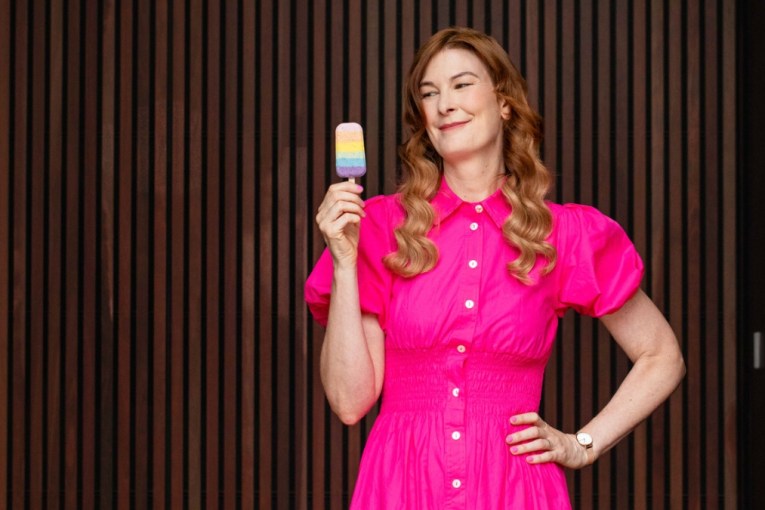When is it too late to lose your bad habits, adopt new healthy ones, and slow your journey into decrepitude?
When are we given our last chance to meaningfully protect ourselves against ageing badly while getting older – such that we can live our lives without ending up with some half-stranger in a cheap uniform attending to our most private needs?
The prevailing advice is ‘the earlier, the better’ but also ‘you’re never too late’ … to start eating better, having healthy sleep, reducing sitting time, becoming more physically active, and of course ditching the really bad habits such as smoking.
People tend to dabble in health kicks in their 40s, and then in their 50s – and these efforts are often underwritten as much by vanity (what happened to my hot enough self?) as by fear of a heart attack or stroke.
Life goes. Then you hit your 60s. A recent study suggests that the way people are living their lives – between the ages of 60 and 64 – can double their risk of going into aged care.
This also suggests that this might be your body’s last chance to significantly protect itself against the loss of mobility and agency.
Fate and luck
Of course, for some people, no matter how virtuous they’ve been – plenty of salads, long walks every day, good sleep – dementia or some other crippling affliction will take away their independence. It’s a cruel break.
And we’ve all got an Uncle Bob who drinks and smokes and sits around playing cards and watching the footy. Until one day, deep into his seventies, maybe eighties, he just keels over.
We tend to overlook his wheezing, violent bowels, and the sad theatre of him trying to put on his pants.
Instead we say, without really thinking about it: “I want to go like Uncle Bob.”
Why not? Despite the heart disease and clawed hands, Uncle Bob sort of got away with it.
The odds of ending up in aged care
In October, we published a piece about how adults over 60 who smoked were twice as likely to be admitted earlier to a nursing home.
This came from research out of the University of Sydney. At that time it was being presented at the International Congress on Obesity in Melbourne.
The study was published this week in the Journal of Epidemiology and Community Health.
But there was more to it than smoking.
The New South Wales-based study followed more than 127,000 people aged over 60 for about 10 years.
At the beginning of the study, participants filled in a lifestyle questionnaire on five key risk factors: Smoking; physical activity levels; sitting time; sleep patterns; and diet.
Based on the responses, participants were categorised into low, medium, or high risk lifestyle groups.
What emerged was a rough snapshot of how the risk of ending up in a nursing home might be spread:
- Around one in four (24 per cent) were allocated to the low risk group
- Nearly two-thirds (62 per cent) to the medium risk group
- And 14 per cent to the high risk group.
The researchers then linked this data with participants medical records via the Medicare Benefits Schedule and hospital data, allowing them to monitor for aged care admissions over 10 years.
The results
Along the way, nearly one in five (18 per cent) of participants were admitted to a nursing home.
Compared with those in the low-risk group, the risk of nursing home admission was 43 per cent higher in the high-risk group and 12 per cent higher in the medium-risk group.
Smokers had a 55 per cent higher risk than non-smokers, and were overall the highest at-risk group.
The overall lifestyle snapshot
The association between a healthy score and risk of aged care admission was linear.
This means as the lifestyle score increased, the risk of admission to a nursing home decreased.
This being an observational study, we can only talk about associations, not causes. But the link here looks pretty persuasive.
However, this trend differed by age and physical impairment.
And this is where it gets interesting.
Lifestyle factors were “especially influential among 60-64 year olds”.
People in this age bracket with the unhealthiest lifestyle “were more than twice as likely to be admitted to aged care than those with the healthiest lifestyle”.
After that, the effectiveness of lifestyle changes presumably drops. There’s a limit to slowing the accumulating damage done by biological ageing – which is technically a disease.
Or more to the point, the real damage is done.
Still, giving up smoking, adopting regular physical activity appropriate to your age, getting off your backside more frequently, seeing a professional and getting your long-term poor sleep remedied, and eating more fruit and vegetables will help you cope with what’s happening to your bones and muscles, your digestive system and the rest of it.
This is what you’re up against, and this is what you can do about it.
It’s the health of those bones and muscles though that will play the biggest role in keeping you living independently. This Conversation piece is a must-read.
Lead author of the study Dr Alice Gibson concludes:
“While further research is needed, our results suggest that people could potentially modify their lifestyle to alter their risk of admission to a nursing home or aged care facility in the future.”
The earlier, the better … but it’s never too late.









